There’s no denying that butterflies bring touches of bright colour to a dull, rainy day. At the Valley School near Bengaluru, on Gandhi Jayanti, (2 October 2017) we were singing the Blues…. Blues are Lyacaenid butterflies, which show a bright blue colour when flying (and which is often hidden when they alight and fold their wings.)
As Wikipedia puts it, Lyacaenidae is the second-largest family of butterflies (behind Nymphalidae, brush-footed butterflies), with over 6,000 species worldwide, whose members are also called gossamer-winged butterflies. They constitute about 30% of the known butterfly species. Some species among them are known to be feeding on ants, and sometimes making ants feed them, by means of a process called trophallaxis.
Here are a series of Blues, interspersed with silver and other colours.
Common Hedge Blue:
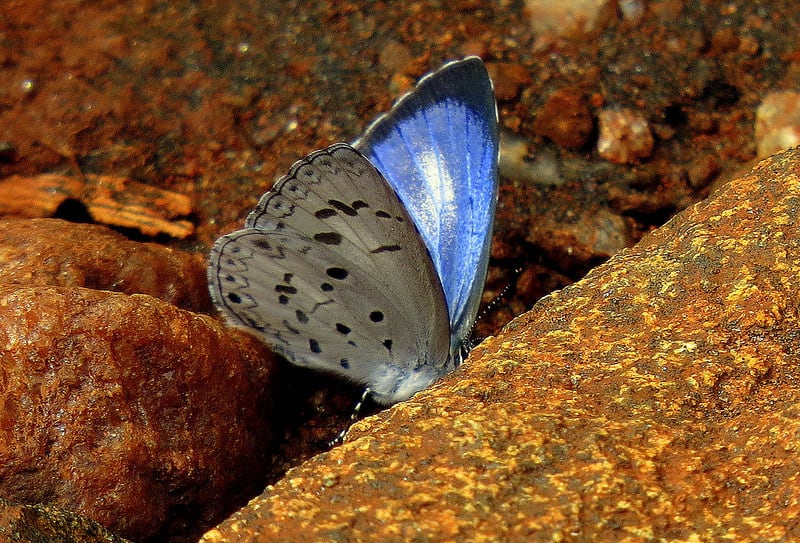
Common Hedge Blue Pic: Deepa Mohan
Danaid Eggfly female:
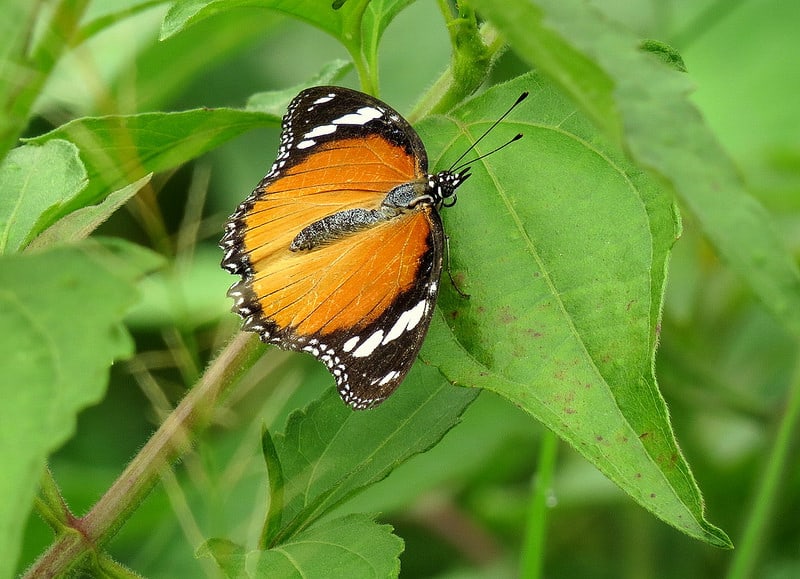
Danaid Eggfly female. Pic: Deepa Mohan
Common Pierrot:

Common Pierrot Pic: Deepa Mohan
Pointed Ciliate Blue:
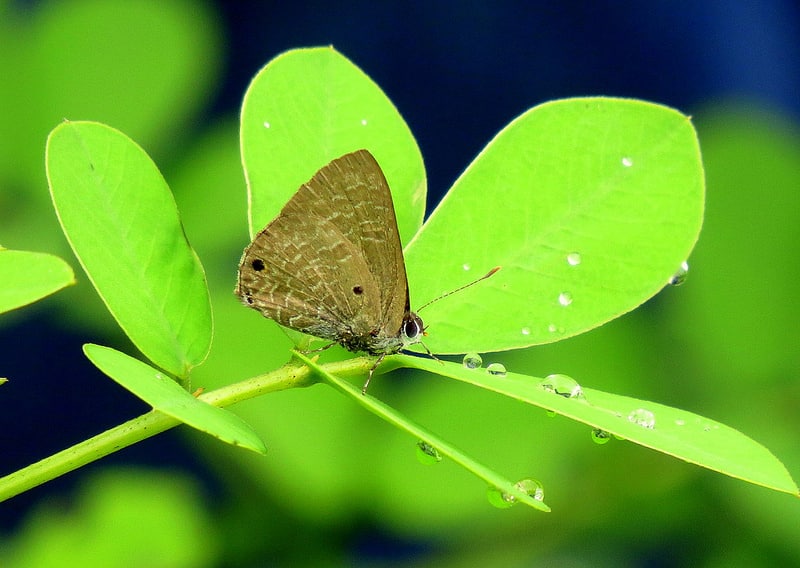
Pointed Ciliate Blue. Pic: Deepa Mohan
Spotless Grass Yellow:
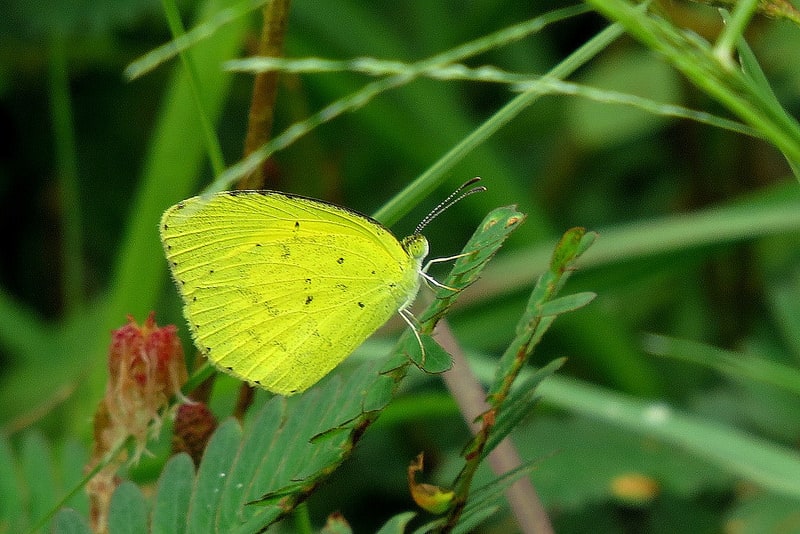
Spotless Grass Yellow Pic: Deepa Mohan
Bush Brown:
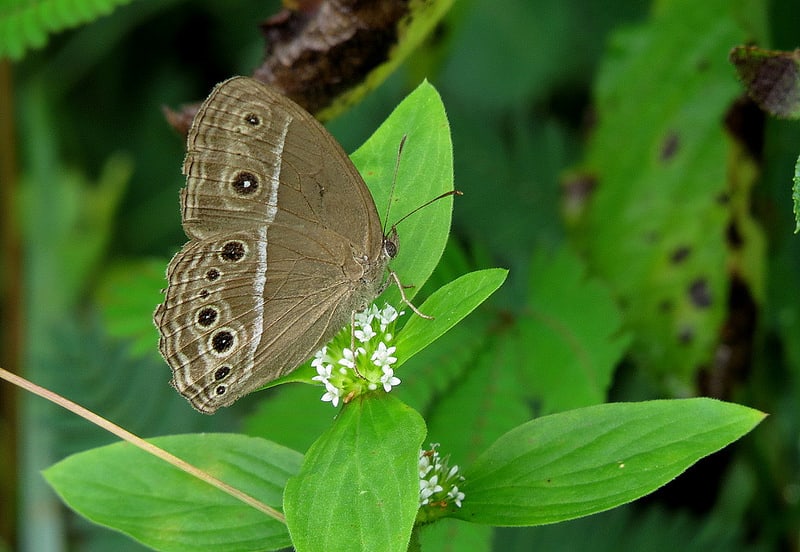
Bush Brown Pic: Deepa Mohan
Common Silverline:
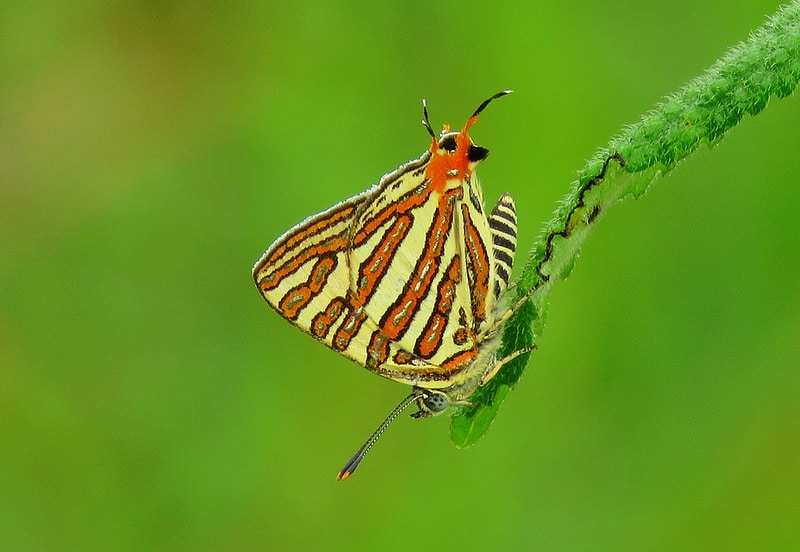
Common Silverline Pic : Deepa Mohan
Zebra Blue:
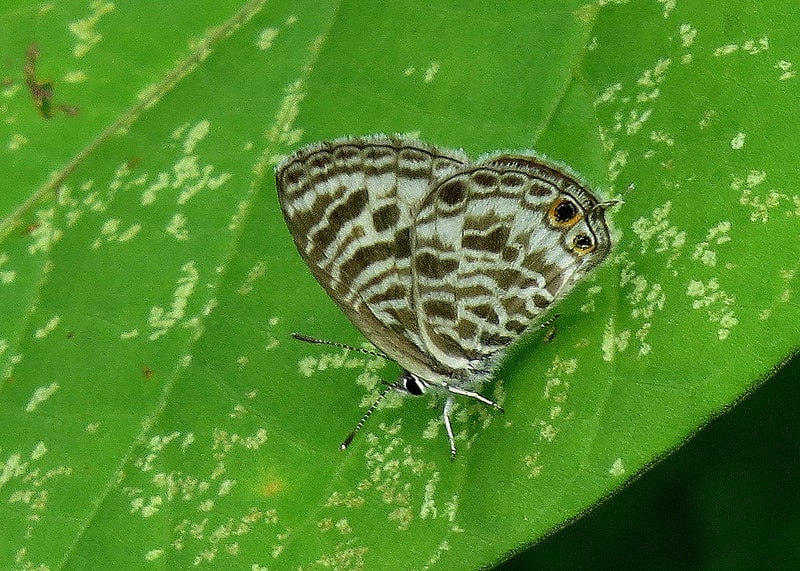
Zebra Blue Pic: Deepa Mohan
Common Line Blue (on the tiny flowers of the Tephrosia purpurea):
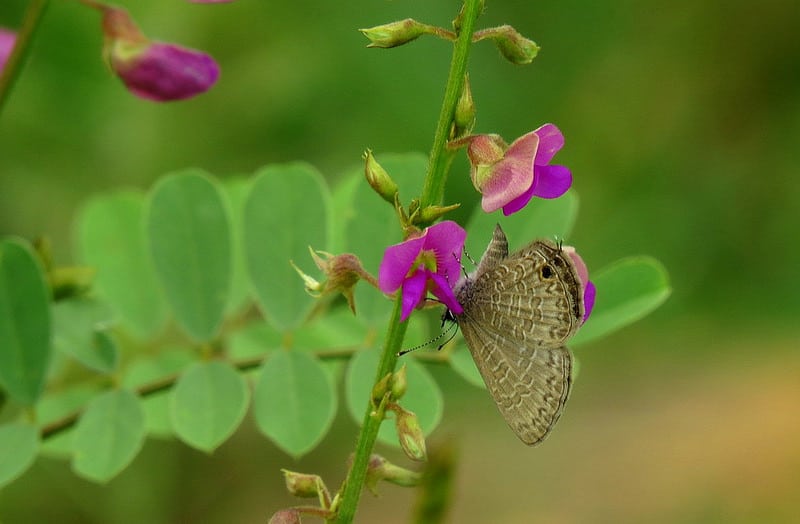
Common Line Blue (on the tiny flowers of the Tephrosia purpurea) Pic: Deepa Mohan
Thank you Deepa. Beautiful pbotos. From Somanahalli centre to an east-south-west arc with about a 30 km. radius from there, which takes in a large portion of Banneraghatta NP. is home to some of the most glorious, varied, and very large butterflies. The BNP had established a small but attractive lepidopterarium inside the Park. Much fewer people visit there than they do the animal park. Which maybe is a good thing considering their ignorant, boorish and destructive behaviour.
The Tephrosia plant is a great liver detoxicator and tonic. It is called KsharaPanka. Pick a small leaf. Hold it at two ends give a hard tug, and it will ALWAYS split into two halves, with one side notched into a ‘ V’ like an inverted arrow, and the other half into a sharp arrow point that will fit onto the notch. I have used the brewed tea of the leaves to get my daughter back into condition after an attack of jaundice. I also pick the leaves from my land where it grows wild, shade dry the leaves, and store them for the year. I make herb-tea with them during sluggish digestion days, like during monsoons and after Deepavali.